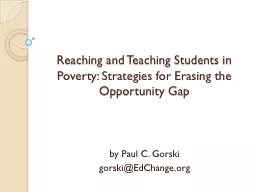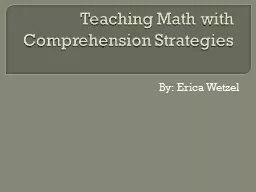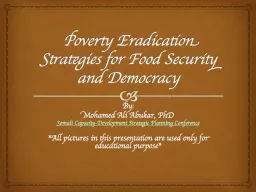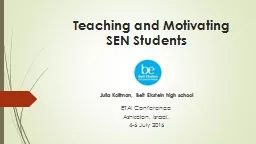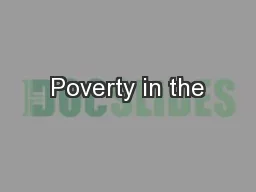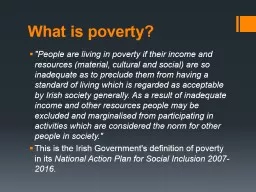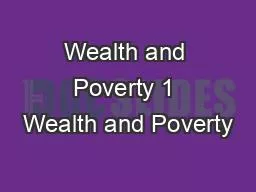PPT-Reaching and Teaching Students in Poverty: Strategies for E
Author : marina-yarberry | Published Date : 2017-01-28
by Paul C Gorski gorskiEdChangeorg How I Know The Poor Are Not The Problem How I Know Educators Can Be a Big Part of the Solution Starting Assumptions
Presentation Embed Code
Download Presentation
Download Presentation The PPT/PDF document "Reaching and Teaching Students in Povert..." is the property of its rightful owner. Permission is granted to download and print the materials on this website for personal, non-commercial use only, and to display it on your personal computer provided you do not modify the materials and that you retain all copyright notices contained in the materials. By downloading content from our website, you accept the terms of this agreement.
Reaching and Teaching Students in Poverty: Strategies for E: Transcript
Download Rules Of Document
"Reaching and Teaching Students in Poverty: Strategies for E"The content belongs to its owner. You may download and print it for personal use, without modification, and keep all copyright notices. By downloading, you agree to these terms.
Related Documents

